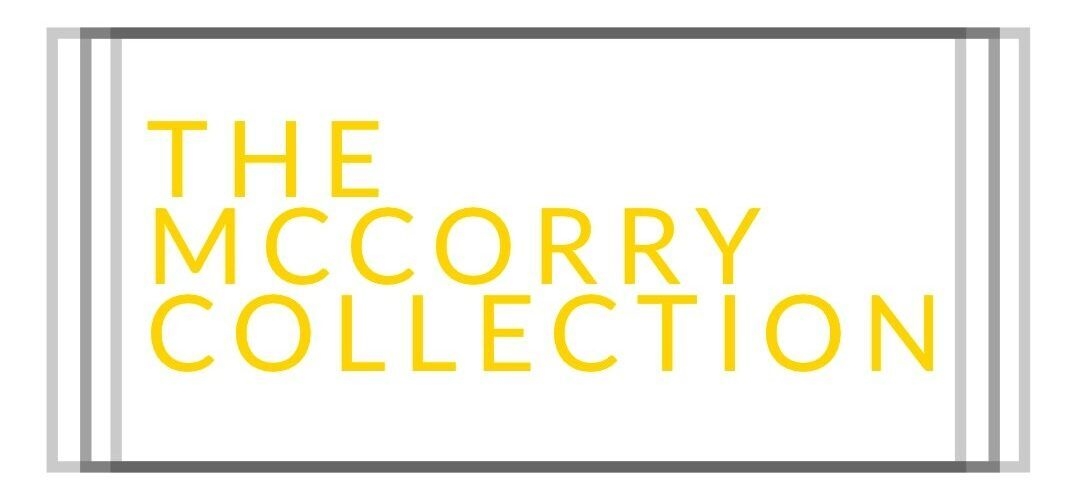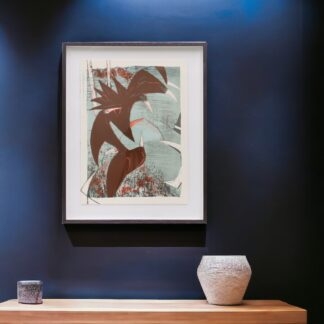Bio
Norman Lindsay (Aust 1879-1969) Bio
Norman was born in Creswick Victoria Australia the son of Robert Charles William Alexander Lindsay (1843–1915) and Jane Elizabeth Lindsay (1848–1932) In 1895, Norman moved to Melbourne to work on a local magazine with his older brother Lionel His experiences in Melbourne are described in the magazine Rooms and Houses On the 23 May 1900 Norman married Catherine (Kate) Agatha Parkinson, in Melbourne On 20 October 1900 Jack their son was born in Melbourne, in 1906 followed by Raymond and Philip. They divorced in 1918 and he later married his business manager Rose Soady, a recognizable model, and printed most of his etchings They had two daughters: Jane Lindsay (1920), and Helen Lindsay (1921) In the Lindsay tradition, Philip worked for the film industry and a writer of historical novels Jack also became a publisher, writer, translator and activist In 1901, he and his brother Lionel joined the Sydney Bulletin, magazine, review and a weekly newspaper He would associate with the Sydney Bulletin for over fifty years In 1909 Norman travelled to Europe, Rose followed later Visits to the then South Kensington Museum where he made sketches of model ships, fostering a lifelong interest in ship models Norman’s returned to Australia in 1911 In 1918 Norman wrote the children’s classic The Magic Pudding although many of his novels have a frankness and vitality that matches his art, some even banned due to censorship laws Novels like Norman’s Age of Consent (1938), which described the experience of a middle-aged painter on a trip to a rural area, who meets an girl who serves as his model, and then lover the book, published in Britain, was banned in Australia until 1962 Norman associated with a number of poets, such as Francis Webb, Kenneth Slessorand and Hugh McCrae, influencing them somewhat from his book Creative Effort He also illustrated the cover for the seminal Henry Lawson book, While the Billy Boils Lindsay’s son, Jack Lindsay, moved to England, and set up the Fanfrolico Press, which issued works illustrated by his Father Norman is widely regarded as one of Australia’s greatest artists, producing a vast body of work in different media, including pen drawing, etching, watercolour, oil and sculptures in concrete and bronze A large body of his work is housed in his former home at Faulconbridge, New South Wales, now the Norman Lindsay Gallery and Museum, and many works reside in private and corporate collections His art continues to climb in value today. In 2002, a record price was attained for his oil painting Spring’s Innocence, which sold to the National Gallery of Victoria for A$333,900 Norman Died November 1969 age 90 he is buried in Springwood Cemetery, close to Faulconbridge where he lived.











